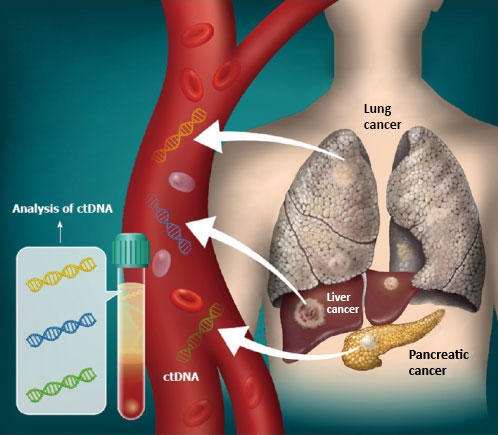method in Brussels, based on research by Wageningen University & Research. This is an important first step towards better assessing the environmental impact of fruit and vegetables. Over 50 stakeholders from the sector attended the presentation, including Jeroen Weststrate from Wageningen Social & Economic Research. Weststrate explains why this new method matters: "This approach enables the sector to reliably and consistently compare the sustainability of their products. It clears up confusion caused by differing requirements and reduces administrative burdens."
Are you also curious whether your supermarket cucumber has been produced in a sustainable way? There is a growing need for one clear way to measure the environmental impact of fresh fruit and vegetables. The EU is setting stricter sustainability standards, and both consumers and businesses are asking for more transparency.
A harmonised approach
The new method, FreshProducePEFCR, aligns with the official EU Product Environmental Footprint (PEF) rules. This standardised method offers an answer to the increasing number of sustainability labels, initiatives and regulations in the sector. A harmonised approach allows chain partners to generate reliable and comparable results, identify bottlenecks, and focus on areas where the greatest improvements in sustainability can be made. It not only increases transparency throughout the chain, but also meets the growing demand for information from retailers, financial institutions, governments, consumers, and NGOs.
Unlike existing certification schemes, the FreshProducePEFCR is not a new label. It is a standardised Life Cycle Assessment (LCA) methodology that measures and quantifies the environmental footprint of fresh produce. This methodology covers the entire life cycle of a product, using sixteen indicators to represent the environmental impact of activities ranging from production and processing to distribution, retail, and efforts to reduce waste.
Ending the administrative burden
In the coming period, the sector aims to further integrate the PEFCR into policies such as the Green Claims Initiative, the CSRD, and the CSDDD, as well as into certification systems and practical tools. The goal is to prevent overlapping sustainability requirements and to create more coherence and alignment.
Weststrate: "At the Brussels event, it became clear that it's now up to the sector to take the lead and show how sustainable fresh fruit and vegetables really are. We need to speak a common language so the process can be clearly communicated to consumers. With this PEFCR, we are putting an end to the confusion and administrative load caused by the many different sustainability standards. We now offer one uniform method that takes all relevant environmental aspects into account."
Footprint Initiative
The FreshProducePEFCR is part of the broader Freshfel Environmental Footprint Initiative. Together with several partners, Freshfel aims to create a widely supported standard, including a data platform and digital tools. This will help the sector become more sustainable and future-proof.
The new standard has been developed with broad support from the sector via Freshfel Europe and GroentenFruit Huis, in cooperation with knowledge partners Wageningen University & Research, PRé Sustainability and Merieux Nutrisciences | Blonk Sustainability. The project was realised by a large consortium including partners such as Greenyard, Dole, Glastuinbouw Nederland, Rabobank, ABN AMRO, Royal FloraHolland, and AQS, and is co-funded by the Dutch government through the Topsector programme.






